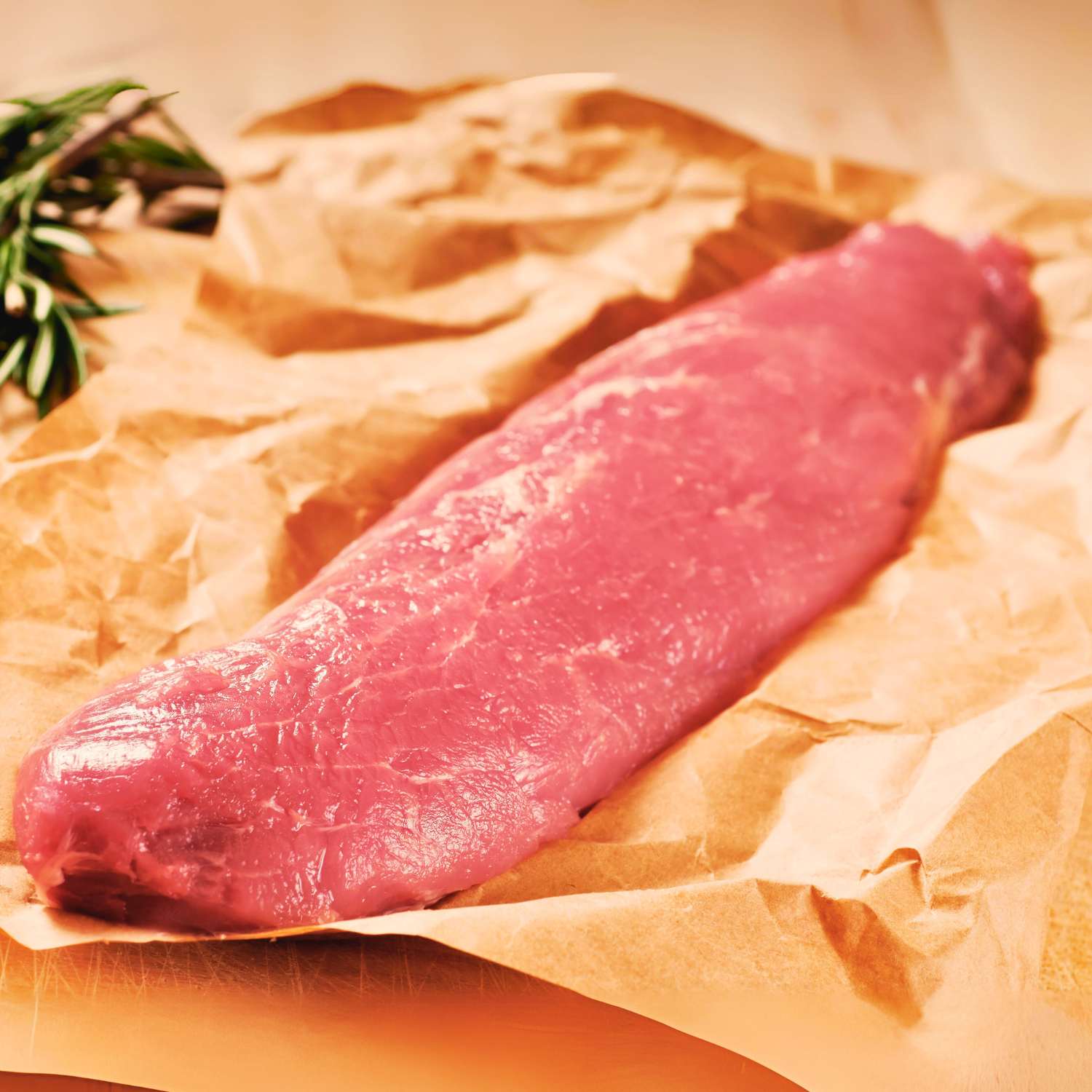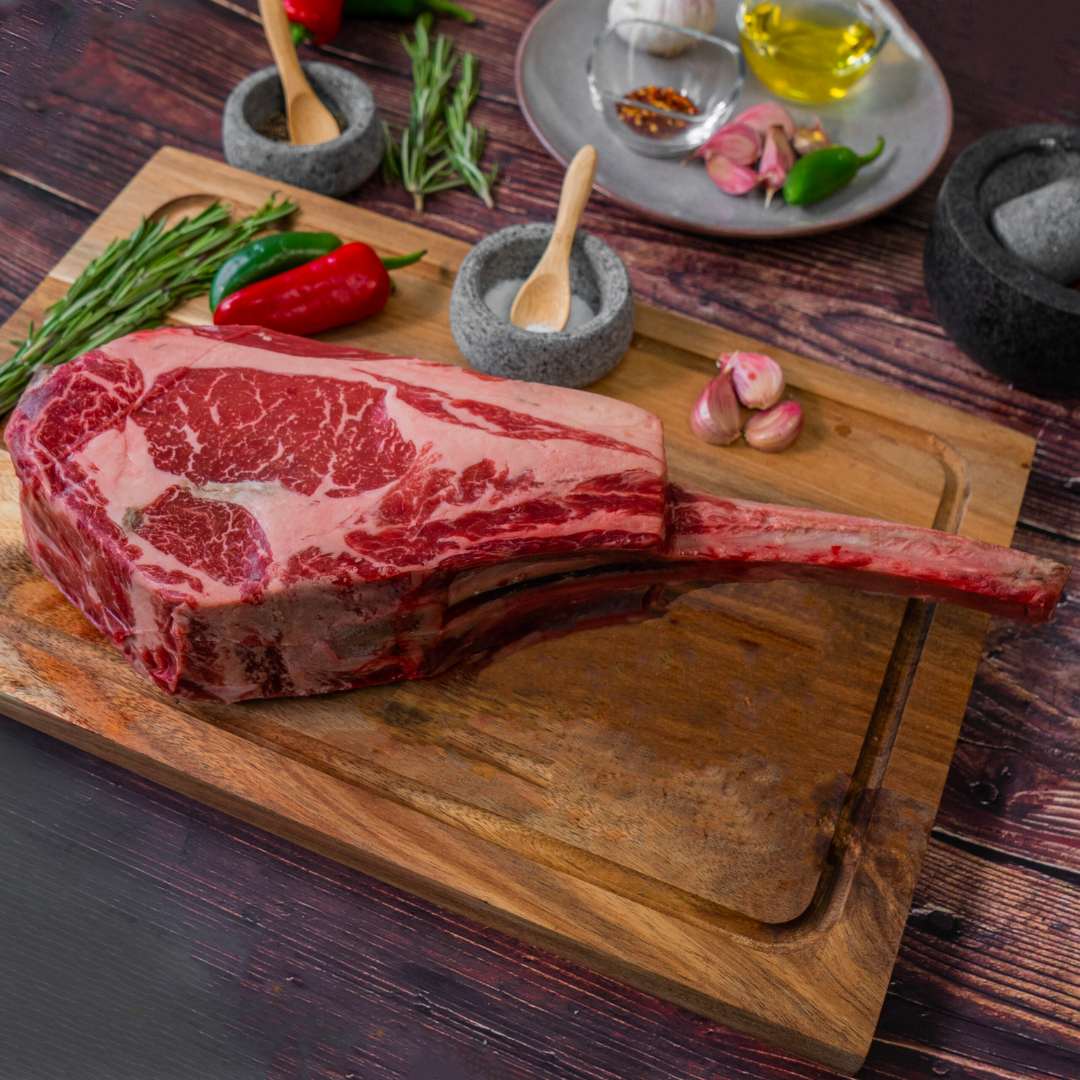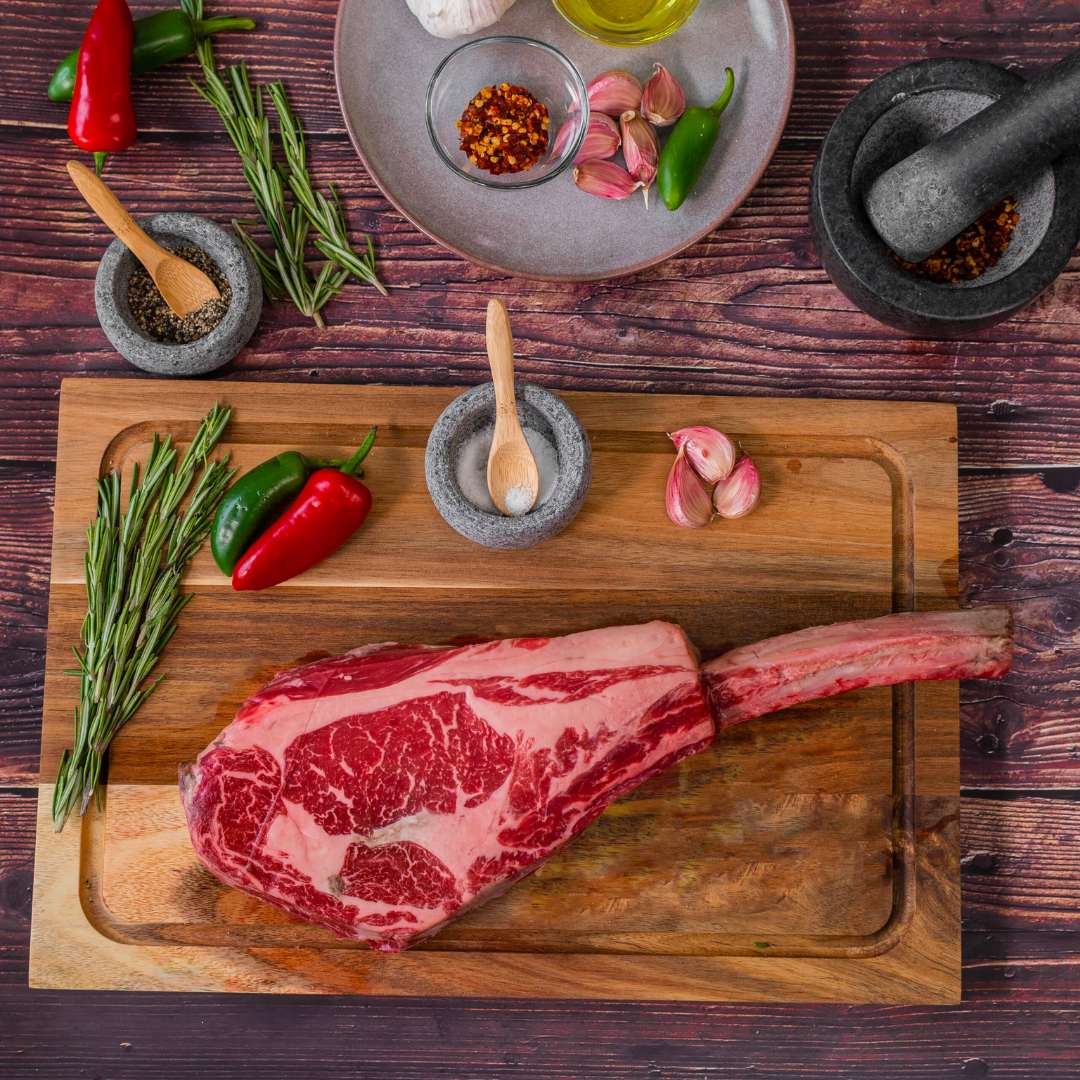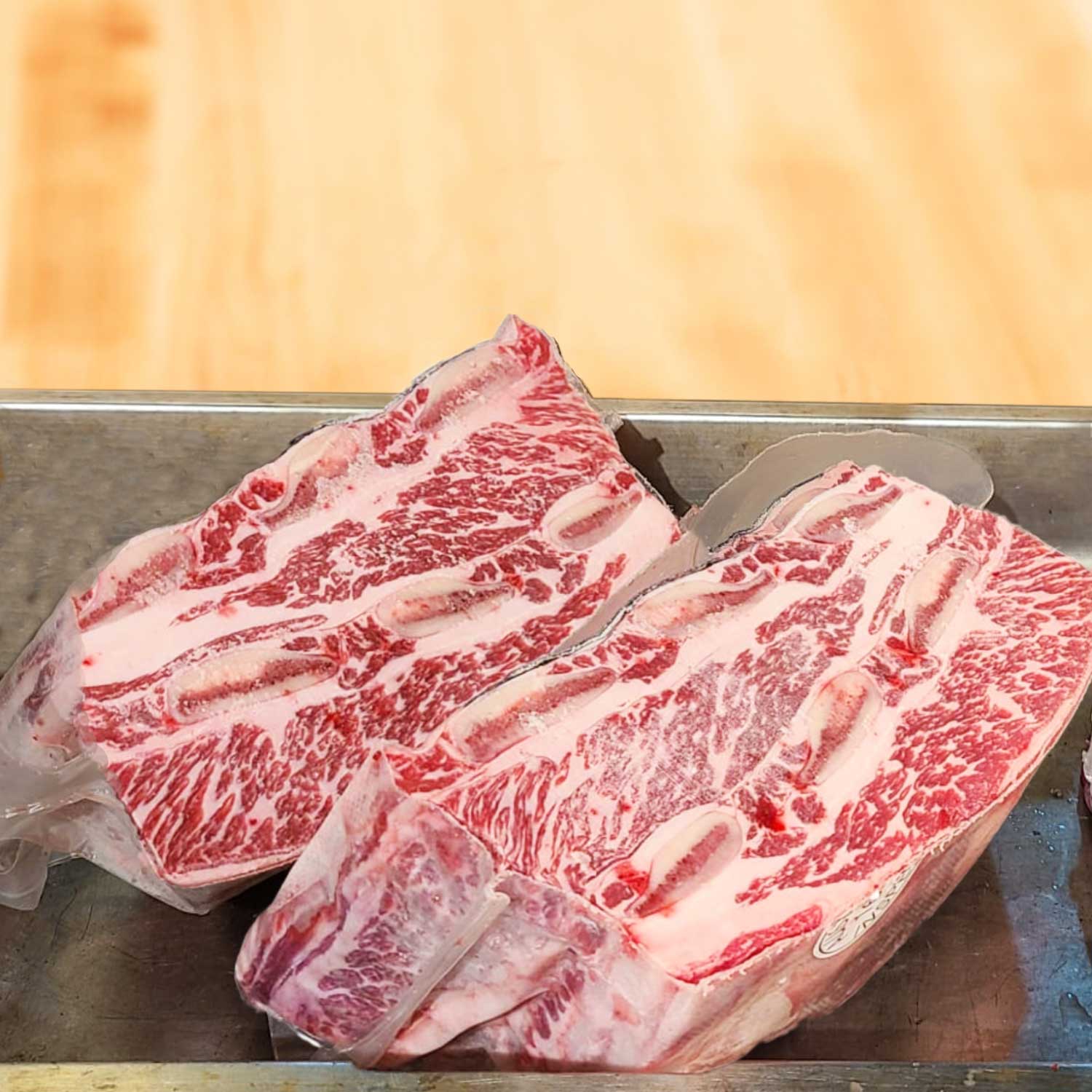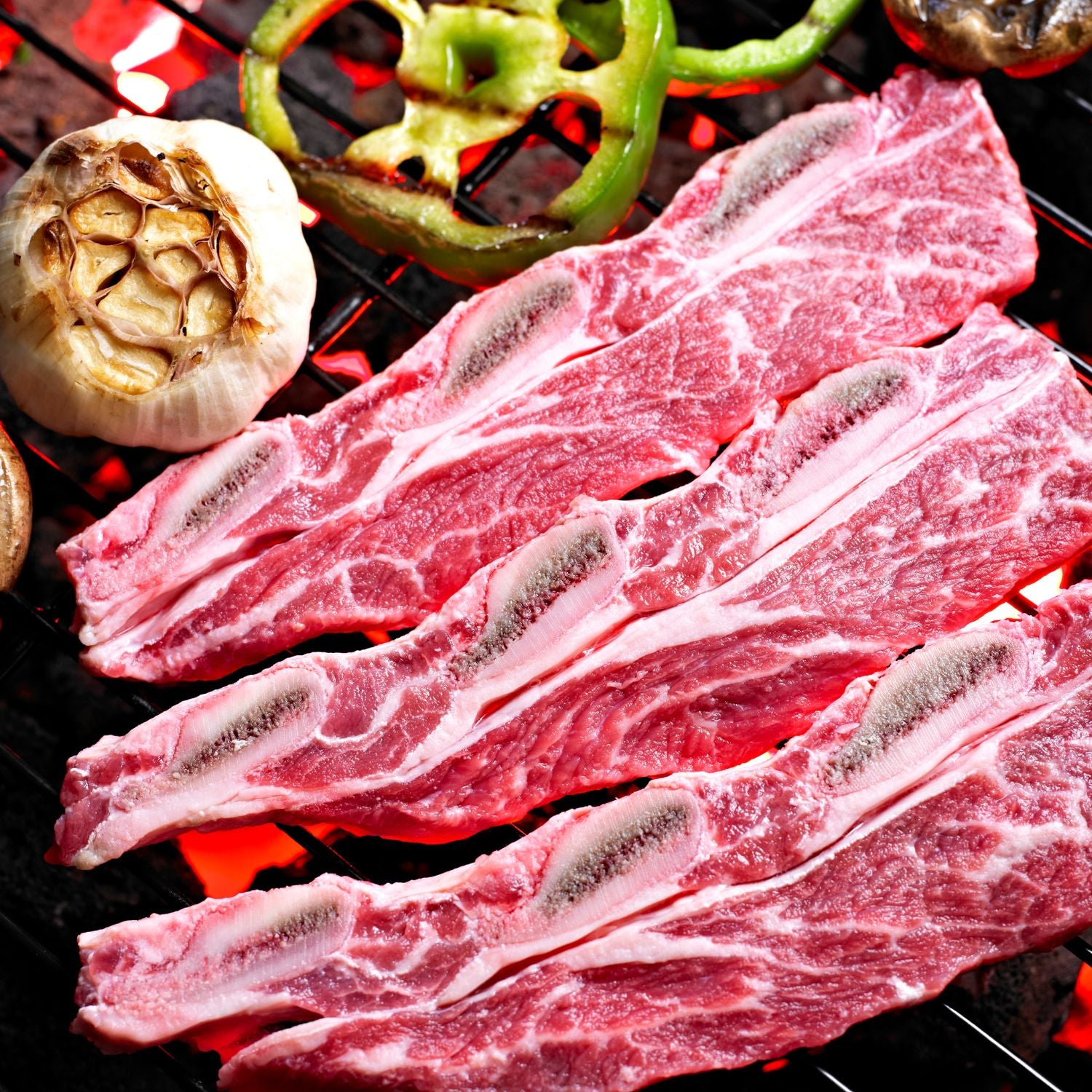Understanding the Demand for Grass-Fed Beef in Hong Kong
The Growing Trend of Health-Conscious Consumers
In Hong Kong, more people want to eat healthily. They know that what they eat affects their health. Many have learned that grass-fed beef is better for them. It has more good fats and fewer bad fats. They also like that it is natural and has no growth hormones or antibiotics. This change is part of a big shift. People are looking for food that is both tasty and good for their bodies. Buying grass-fed beef is one way they can do that. As a result, shops and restaurants are offering more grass-fed beef options. This trend is sure to grow as health becomes a top priority for consumers in Hong Kong.

Impact of Western Cuisine on Beef Consumption
The lure of Western cuisine has greatly influenced beef consumption in Hong Kong. Local diners savor the rich flavors and health benefits of dishes using prime grass-fed beef. Steakhouses and burger joints mirror this trend, serving quality grass-fed beef. As Western dining customs blend with local tastes, the demand for grass-fed over grain-fed has soared. Consumers have developed a keen eye for choosing beef, with a clear preference for grass-fed quality. This shift owes much to the perceived health advantages and the distinct taste profile of grass-fed beef.
Grass-Fed vs. Grain-Fed: What Hong Kong Shoppers Look For
In Hong Kong's bustling markets, shoppers have a choice: grass-fed or grain-fed beef. Most seek quality and taste. They also want health benefits. Grass-fed beef has fewer fats and more nutrients. It comes from cows that eat natural grass, not grains. Customers also consider the cows' welfare and the beef's impact on the environment. They check labels for 'grass-fed' claims before buying. This choice shows a shift towards better health and eco-friendliness in Hong Kong.
Analyzing the Prime Grass-Fed Beef Supply Chain
From Farms to Freezers: The Journey of Prime Grass-Fed Beef
Prime grass-fed beef has a unique journey from farm to freezer. It starts on pastures where cattle graze naturally. Farmers must follow strict guidelines for a 'grass-fed' label. The next step is processing with minimal stress to ensure meat quality. Then, beef is aged to develop flavor and tenderness. Finally, it's transported under controlled temperatures. This process preserves its prime status until it reaches Hong Kong. Handling and storage are vital in this journey. They ensure that the beef maintains its premium quality for consumers.
Sustainability Practices in Raising Grass-Fed Beef
In Hong Kong, prime grass-fed beef is gaining attention for its sustainability. Farmers focus on eco-friendly methods. These include managed grazing and organic feeds. They help to reduce carbon footprints. Water conservation is also key. They use systems that save this vital resource. Animal welfare is a top priority. The cattle are treated with care, ensuring ethical standards. This approach supports biodiversity too. It promotes a balance in local ecosystems. All of these steps are vital. They make beef production more sustainable for the future.
Challenges in Maintaining Quality During Transit
Transporting prime grass-fed beef presents unique hurdles. To start with, temperature shifts can spoil the meat. Hence, refrigerated logistics are crucial. Then, there’s the risk of delays. These can cause the meat to stay in transit too long, risking spoilage. Rough handling can also bruise the beef, affecting quality. Moreover, cross-contamination is a threat. Stringent hygiene protocols must be in place to avoid this. Finally, distance plays a role. Longer transits mean greater challenges in keeping the beef fresh. All these factors demand careful planning to ensure that the beef reaches Hong Kong consumers in prime condition.
Marketing Strategies for Prime Grass-Fed Beef
Highlighting the Unique Selling Points of Prime Beef
To market prime grass-fed beef in Hong Kong, focus on its key benefits. Emphasize its superior taste, health perks, and eco-friendliness. Use clear labels like '100% grass-fed' for easy recognition. Stress how grass-fed beef supports wellness trends. Highlight its role in sustainable diets, appealing to eco-conscious consumers. Showcase endorsements from chefs and nutritionists. Use striking visuals in ads to draw attention. Make sure messages are short and impactful.
Effective Branding and Positioning in the Beef Market
In the crowded Hong Kong beef market, successful branding is key. To stand out, prime grass-fed beef producers must define their unique qualities. These may include superior taste, health benefits, and environmental care. The branding must connect with local culture while also appealing to global standards. Next, optimal market positioning ensures visibility to the right audience. It involves carefully choosing sales channels and collaborators. Retail partnerships are crucial, as are ties with top chefs and restaurants. The aim is to link prime grass-fed beef with quality and luxury in consumers' minds. This plants the product firmly atop the market's premium segment. As shoppers get savvier, such strategic branding and positioning become even more essential.
Leveraging Digital Marketing to Reach Hong Kong Shoppers
In Hong Kong's competitive beef market, digital marketing is key. Brands use online ads to showcase their prime grass-fed beef. They target health-savvy shoppers via social media. By sharing quality stories, they build trust. E-commerce sites offer easy purchase options, with detailed product info. Influencers review and endorse the beef, reaching thousands. Brands also use SEO to top search results, grabbing buyer attention. Email campaigns offer deals to keep customers coming back.












